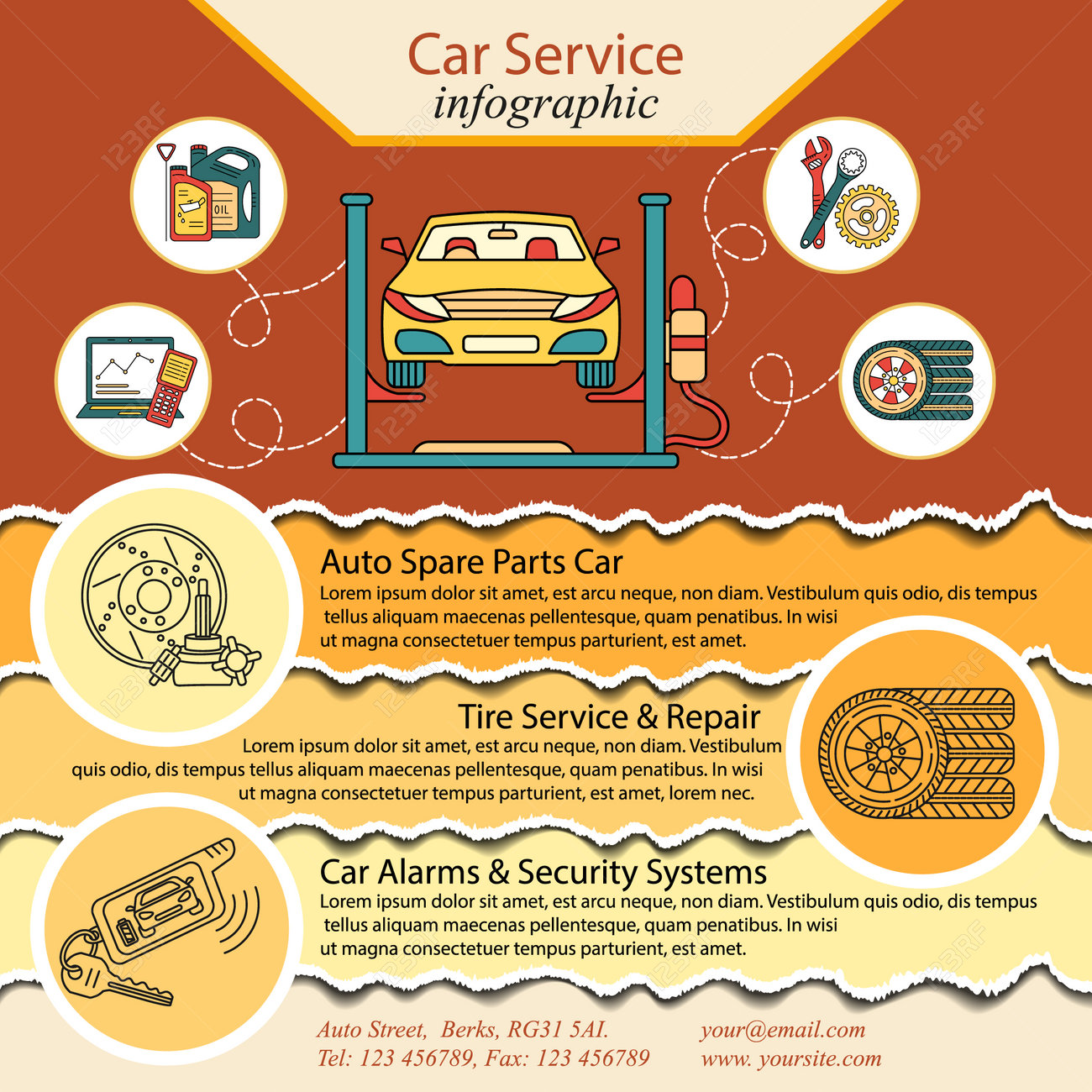Translating Your Car'S Alert Lighting: Their Real Ramifications
Translating Your Car'S Alert Lighting: Their Real Ramifications
Blog Article
Authored By-Higgins Gilbert
When you lag the wheel, those beautiful warning lights on your dashboard can be a little bit difficult. Do you understand what they're attempting to inform you concerning your automobile's health? Comprehending the relevance of these lights is essential for your safety and the durability of your vehicle. So, the next time one of those lights pops up, wouldn't you want to decipher its message properly and take the required steps to address it?
Common Caution Lighting and Interpretations
Recognize usual caution lights in your automobile and comprehend their meanings to make certain risk-free driving.
The most regular caution lights include the check engine light, which signals problems with the engine or emissions system. If this light comes on, it's essential to have your vehicle checked without delay.
The oil pressure advising light indicates low oil pressure, requiring immediate attention to avoid engine damage.
A flashing battery light could suggest a faulty billing system, potentially leaving you stranded otherwise resolved.
The tire pressure monitoring system (TPMS) light informs you to low tire pressure, influencing vehicle stability and gas performance. Overlooking this can lead to hazardous driving problems.
The abdominal muscle light suggests a problem with the anti-lock stopping system, jeopardizing your capability to stop rapidly in emergency situations.
Last but not least, the coolant temperature alerting light warns of engine overheating, which can lead to severe damage if not dealt with swiftly.
Understanding these typical warning lights will aid you deal with problems immediately and maintain risk-free driving conditions.
Significance of Prompt Attention
Understanding the usual caution lights in your car is only the very first step; the relevance of promptly dealing with these warnings can not be emphasized enough to ensure your safety and security on the road.
When a caution light brightens on your dashboard, it's your automobile's way of communicating a potential problem that requires interest. Ignoring these warnings can cause a lot more extreme issues later on, compromising your safety and security and possibly costing you much more out of commission.
https://caroilchange73940.aboutyoublog.com/31373762/hone-your-car-describing-skills-with-seasonal-pointers-to-maintain-your-auto-beaming-and-protected-find-just-how-to-take-on-each-period-s-distinct-obstacles to warning lights can stop breakdowns and mishaps. For example, a flashing check engine light can indicate a misfire that, if left ignored, might create damages to the catalytic converter. Resolving this immediately can conserve you from a pricey repair service.
Likewise, a brake system warning light might signal low brake fluid or worn brake pads, important parts for your safety when driving.
Do It Yourself Troubleshooting Tips
If you notice a warning light on your dashboard, there are a few do it yourself fixing tips you can attempt prior to looking for specialist assistance.
The initial step is to consult your cars and truck's handbook to recognize what the specific warning light shows. Occasionally the problem can be as simple as a loose gas cap triggering the check engine light. Tightening the gas cap might solve the trouble.
One more typical issue is a reduced battery, which can activate numerous advising lights. Examining the battery links for rust and ensuring they're secure might repair the trouble.
If a caution light lingers, you can try resetting it by detaching the vehicle's battery for a couple of minutes and after that reconnecting it. Furthermore, examining your vehicle's fluid levels, such as oil, coolant, and brake fluid, can help fix advising lights associated with these systems.
https://mashable.com/article/adobe-analytics-summit-sneak-auto-maintenance-app
To conclude, comprehending your auto's warning lights is vital for keeping your car running smoothly and securely. By quickly dealing with these notifies and knowing what they imply, you can prevent pricey repairs and prospective breakdowns.
Remember to consult your automobile's handbook for particular details on each cautioning light and take action as necessary to guarantee a trouble-free driving experience.
Remain notified, remain safe on the road!
